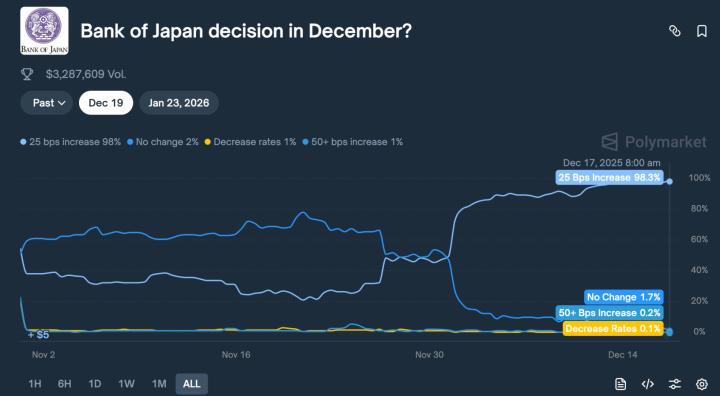Author: Frank, PANews
A routine contract rule adjustment by Binance unexpectedly exposed the most vulnerable sore spot in the crypto market.
On April 1st, a flash crash where low-market-cap tokens like ACT collectively plummeted within half an hour brought the fatal flaws of exchange risk control mechanisms, market maker algorithm strategies, and the MEME coin ecosystem into the spotlight.
Although Binance urgently responded by blaming "large investor sell-offs", the cliff-like 75% evaporation of contract positions, precise synchronization of price fluctuations across multiple coins, and Wintermute's mysterious on-chain selling after the crash all revealed deeper industry risks - in the current weak liquidity environment, exchanges' attempts to patch system risks might instead become the final straw that breaks the market's back.
Multiple Tokens Collectively Plummet Within Half an Hour
On April 1st at 15:32, Binance issued an announcement adjusting leverage and margin ladder for multiple USDT-based perpetual contracts, involving trading pairs like 1000SATSUSDT, ACTUSDT, PNUTUSDT, NEOUSDT, and NEOUSDC. The adjustment mainly concerned contract trading position limits and leverage margin ratios. Taking ACT as an example, the previous position limit was up to $4.5 million, which was reduced to a maximum of $3.5 million. The announced adjustment time was 18:30.
[Image]
On the same day at 18:30, ACT dropped from $0.1899 to $0.0836 within 36 minutes, a decline of 55%, sparking intense market discussion.
Almost simultaneously with ACT, multiple low-market-cap tokens on Binance such as TST, HIPPO, DeXe, and PNUT experienced flash crashes, with declines generally ranging between 20% and 50%. Market data showed that 18:30 was the starting point for cliff-like price drops across multiple tokens, with a scope far beyond a single project, demonstrating clear synchronization.
[Remaining text continues in the same professional translation style]

However, regardless of the specific cause of this flash crash, the market/users will always be the ones paying the price.
According to Coinglass data, after the ACT flash crash, ACT contract liquidations reached $8.71 million, ranking third across the network (only lower than Bitcoin and Ethereum). Not only that, users holding spot assets also suffered a 50% asset reduction, and recovery seems difficult in a short time.

Overall, the deep-seated reasons for this flash crash include the following. First, after the Hyperliquid incident, exchanges began to pay attention to the risk of whales manipulating the market and started making adjustments. What was originally a good thing unexpectedly caused another stampede. Second, due to the cooling of the MEME market, related tokens have become fragile and sensitive in terms of trading depth and sentiment. Therefore, once a transaction beyond the norm occurs, it exposes the reality that MEME coins lack value support.
This crypto market "April Fool's Day horror" worth tens of millions of dollars temporarily concluded with the tacit "responsibility division" among exchanges, market makers, and project parties. However, the warnings buried within are far more shocking than the surface. This flash crash may have no true "culprit", but it tears open the most authentic survival rule of the crypto market: in the precise system built by institutions and whales, retail investors often become passive bearers of systemic fluctuations.







